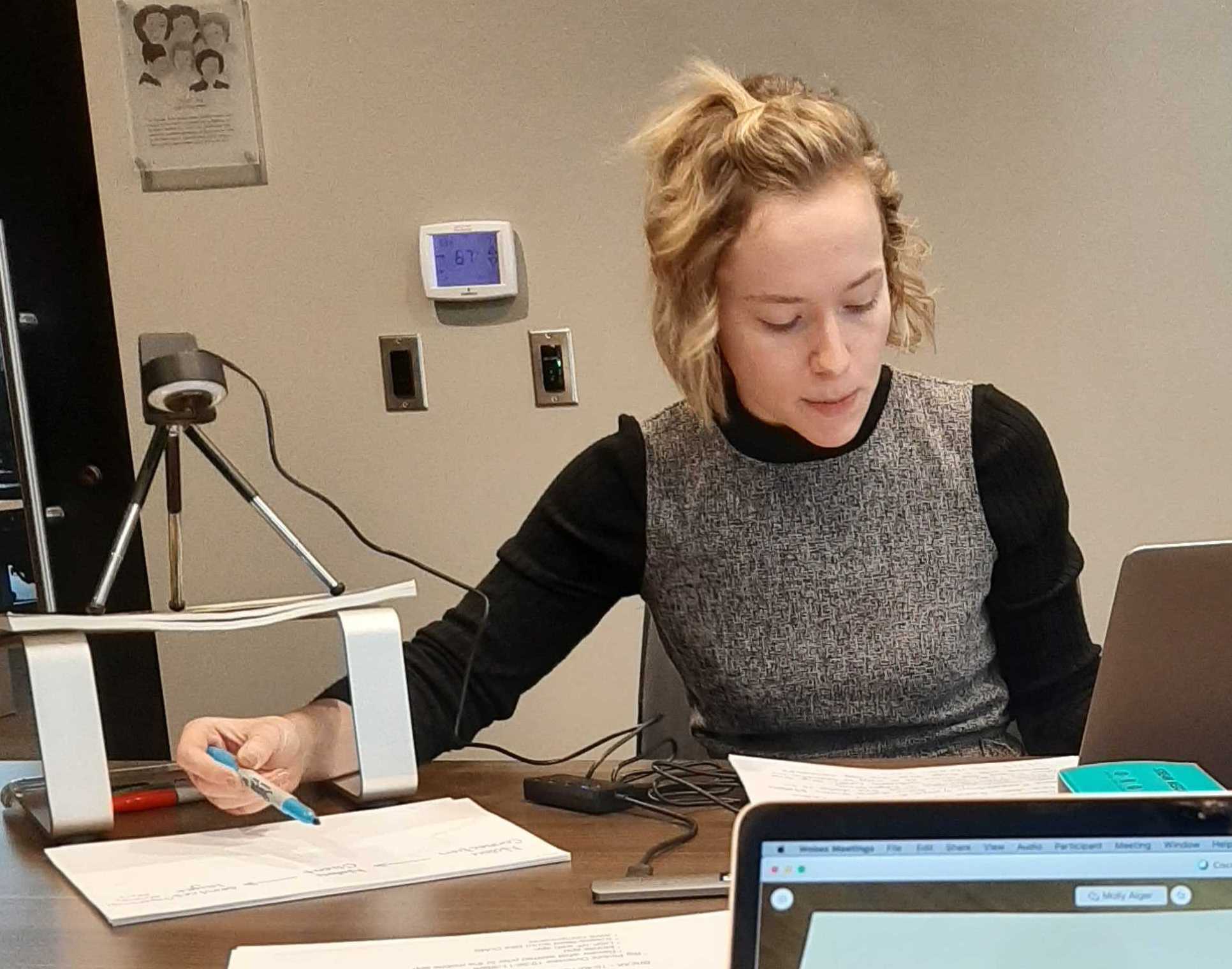At the end of a recent project, I was scheduled to visit our clients for a week to hold a knowledge transfer for their development team. Due to the coronavirus pandemic, we were forced to change plans, and we opted to run the knowledge transfer remotely.
I’d spent the previous weeks creating and refining an agenda for an on-site meeting. Suddenly, I had to figure out how to take all that material and present it via a conference call.
Although it was a major change in plans, I managed to re-create a remote agenda with the help of some fellow Atoms. Below are some helpful things I discovered while preparing for and successfully facilitating a remote knowledge transfer.
1. Find tools that fit your style.
Depending on what you’re trying to accomplish through a remote knowledge transfer or even just a remote meeting, there are many tools that can help.
For my particular project, we ended up using Webex for audio and screen sharing as it was our client’s preferred conference call software.
I originally planned to draw diagrams on a whiteboard. To share them via Webex, I opted for a webcam focused on a pile of plain paper that I could draw on. This worked surprisingly well and allowed me to easily add and update the diagram as I went.
Another option for a “whiteboard” is Miro, which provides a space for easy collaboration between teams and has quite a few templates for meetings. Although I didn’t end up using it, Miro was recommended to me by quite a few Atoms.
2. Do a practice run.
As with any presentation, it’s important to do a trial run before the actual meeting. Not only will this help with walking through the content of the meeting, but it will also help to work through tech issues. Have someone join you on a conference call, and try out the various tools you’ll be using. Make sure that all your software is installed and working, internet connectivity isn’t causing issues, and any presentations or diagrams are displaying properly.
3. Get everyone involved.
It’s easy to blow through your material when you’re the only presenter, especially when you’re the only one in the room and have no visual feedback. In long, teleconference meetings, it’s essential to keep everyone engaged and involved.
One way I encouraged participation was to “quiz” the team. After I covered a hefty amount of content, I took a step back and asked questions. For example, after describing how to make changes in various parts of the app, I asked questions like, “If I wanted to change X, what file or folder or repository would I be in?” These kinds of questions identified areas that I needed to spend more time explaining. They also reaffirmed to the client’s development team that they knew the answers.
Another strategy that I used was interactive activities. I came up with a feature for them to add to the app, which allowed them to walk through the code and familiarize themselves with it. During these activities, I encouraged various people to do the driving, sharing their screen as they walked through the implementation. Again, this confirmed that everyone was following along and understanding the content.
4. Take breaks often (and include them in your agenda).
Let’s face it — remote meetings can be exhausting. For this knowledge transfer, I was presenting for six hours a day for three days. I needed breaks, and so did the team receiving all this information.
As part of my agenda, I made sure to call out explicitly when there would be breaks. I timed breaks where they made sense, aiming for five to ten minutes every hour or so, plus an hour for lunch. These breaks gave me a moment to step away and prepare for the next session. They also allowed the team to come up with questions about the previous content before we moved onto the next.
Although not the ideal situation, knowledge transfers — and meetings in general — can be adjusted into a remote format. It’s important to go into them with a game plan, but be ready to change course if necessary.

